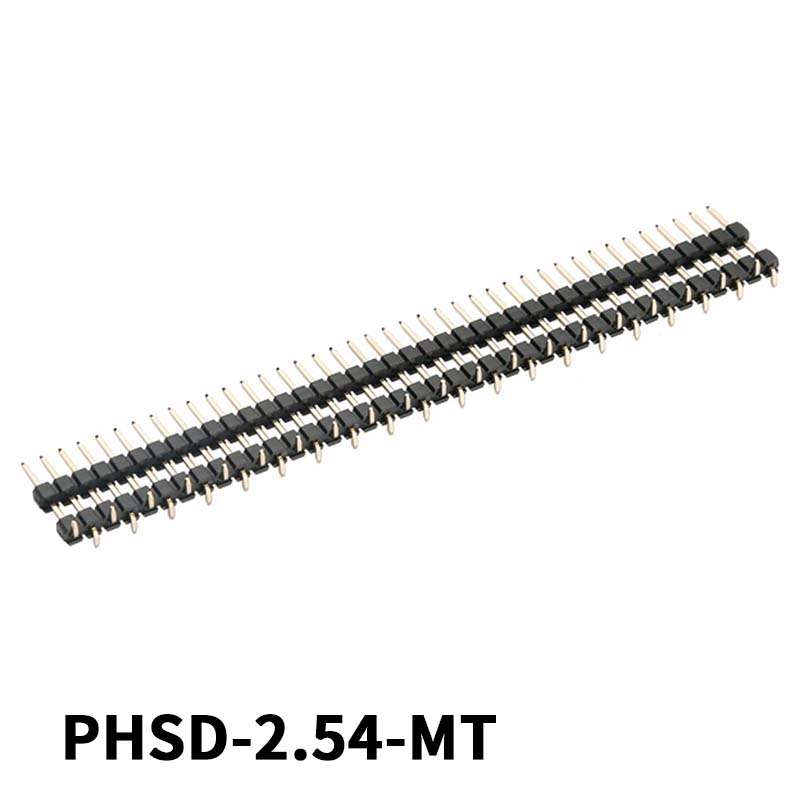The terminal connector is a bridge between electronic parts. As a piece of metal sheet enclosed in insulating plastic, the terminal connector has holes for insertion at both ends, and the number and spacing of wires can be selected arbitrarily, making the connection more convenient and faster, and greatly reducing the volume of electronic products.
Equipment failure can be caused by a variety of reasons. The short-circuit fault of the terminal is a relatively common one. When checking the faulty equipment, the test should be carried out according to the following steps.
1. Check whether the wires are on or off. Remove the connecting terminals on both sides of the control computer ECU and the sensor, and then measure the resistance between the corresponding terminals of the terminals. If the resistance value is not greater than 1 ohm, the wire is normal for the next inspection. When measuring wire resistance, it is best to gently shake the wire in the vertical and horizontal directions to improve the accuracy of the measurement. At the same time, note that for most wire terminals and multimeter rods, they should be inserted from the back of the connector. The waterproof terminal meter rod of the waterproof case cannot be inserted from the rear end, because the terminal will be deformed if it is inserted carelessly.

2. Check the resistance value of the short circuit. First, remove the wire terminals on both sides of the control computer ECU and the sensor, and then measure the resistance between each terminal block of the connectors on both sides and the body. When measuring, one end of the meter rod is grounded to the body, and the other end should be measured on the wire connectors on both sides. If the resistance value is greater than 1 ohm, it means that there is no short-circuit fault between the wire and the body.
3. Inspection of terminal appearance and contact pressure. First, remove each terminal one by one, check whether there is rusty touch and dirt on the connector terminal, and clean up the rust and dirt. Then check whether the terminal piece is loose or damaged, whether the terminal is fixed firmly, and there should be no looseness of the terminal when gently pulling it. Conversely, if the plug terminal in which socket hole is easier to pull out than other socket holes, the socket hole may cause a fault of poor contact during use.